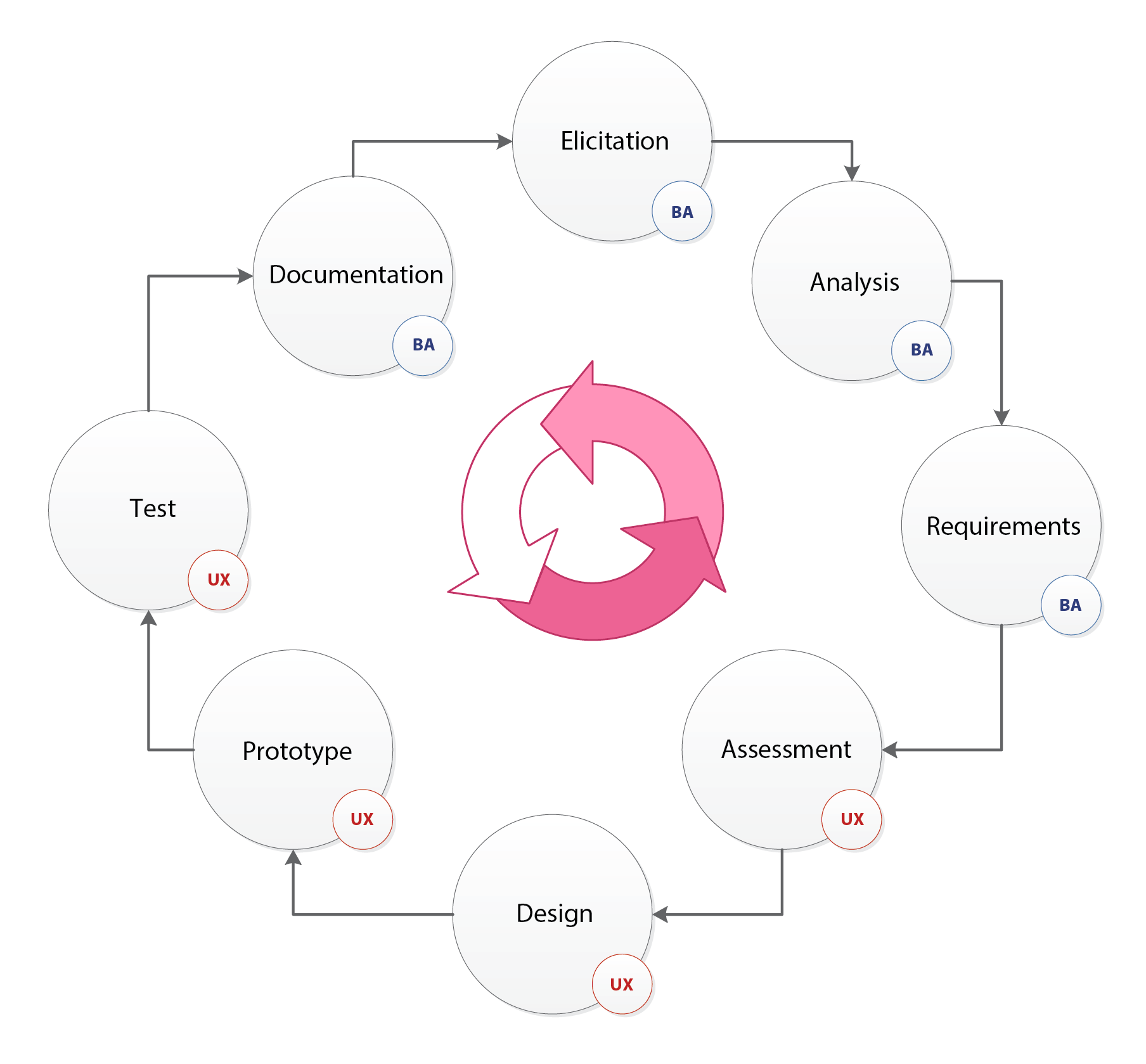
We understand that building a BA/UX team in a BI unit has special attributes, since BI is all about “how we got here”, then BA in the same context should be more about “how we will get to the future”, in other words, BI and BA are tightly-coupled, and both are standing back to back with UX for a good reason. We can summarize the key elements that sits on top of our scope as follows:
-
Predictive Analysis:
Being a BA in such context focuses more on making use of historical statistics and reports in order to drive decision making through predictive models, and that's one of our primary goals to achieve.
-
BI Portal Ownership:
Collecting additional inputs on top of HIS (Hospital Information Systems) sources is essential to present more accurate indicators that provides assistance in driving decision making.
-
Usability is a must:
If our BI portal is not easy to use, no one is going to benefit from any of the BI reports from the first place.
The above values are being communicated for the first time to BA team a month ago, expecting full team adoption to those values with reflection on the BI portal in 3-6 months. The following table highlights the value of merging skillsets in sequence:
| UX | BA/UX | BA/UX/BI |
|---|---|---|
| Addressing usability issues and proposing intuitive solutions. | ||
| Think reports and coupling actual indicators with current performance and planned targets. | ||
| Advanced predictive models to drive decision making. | ||
